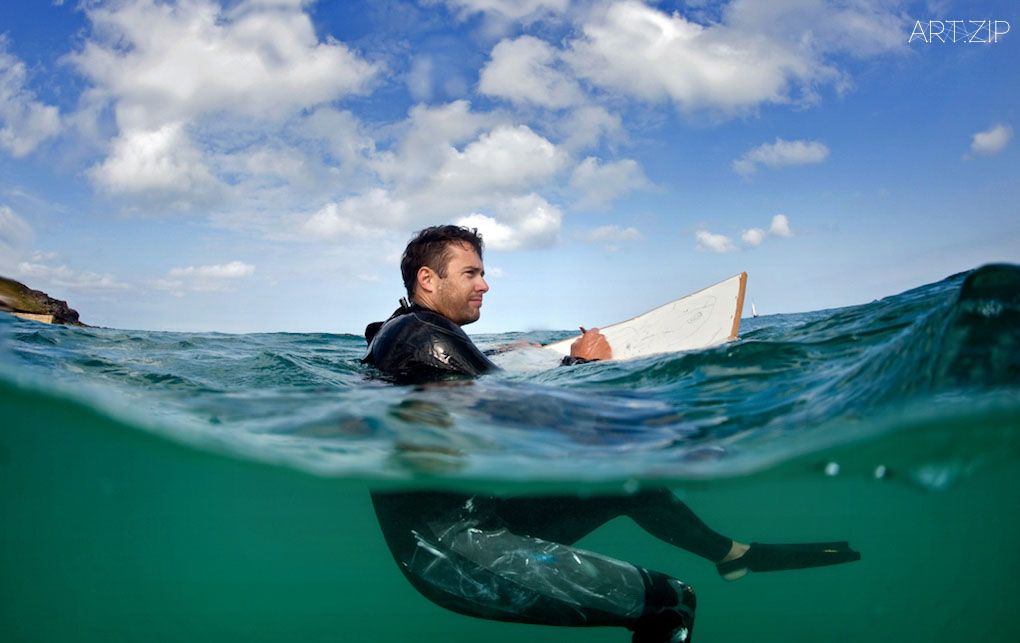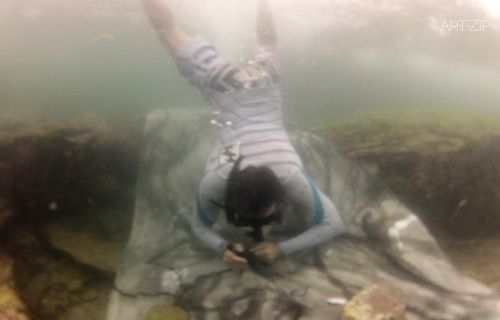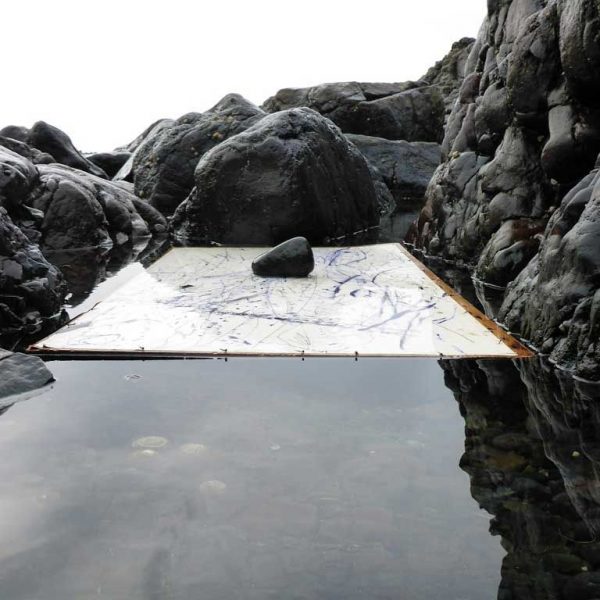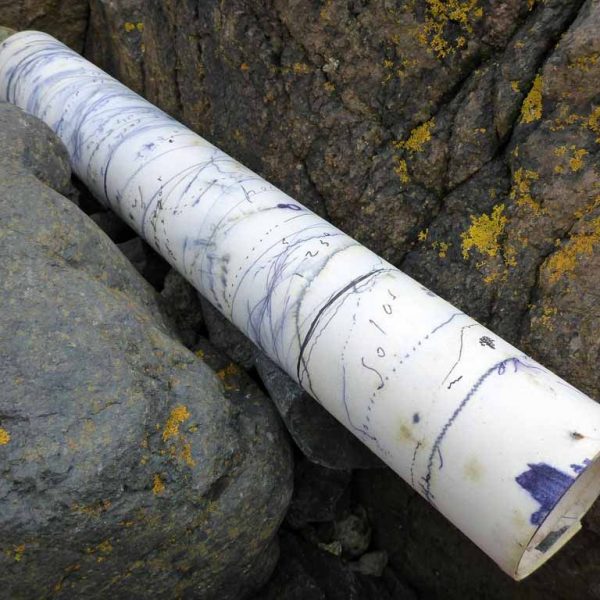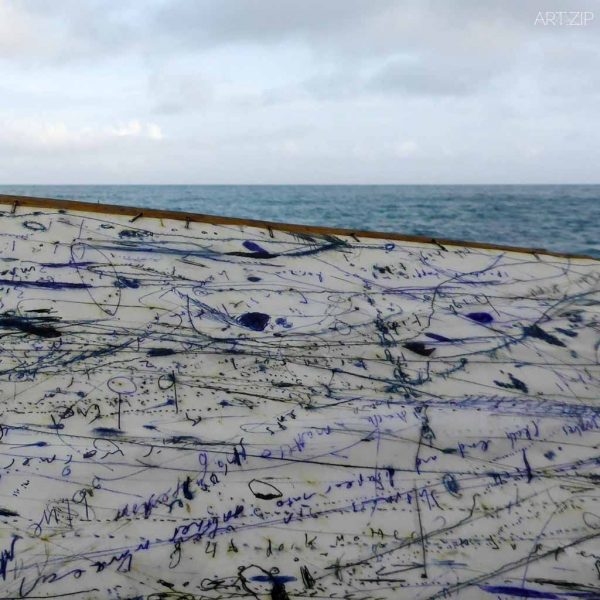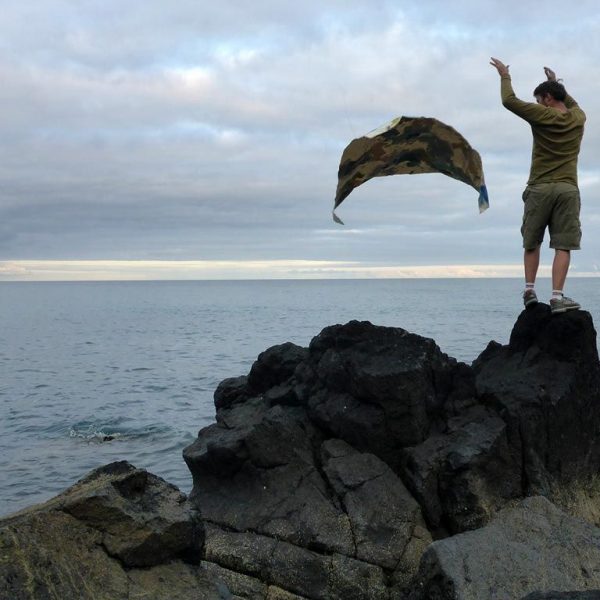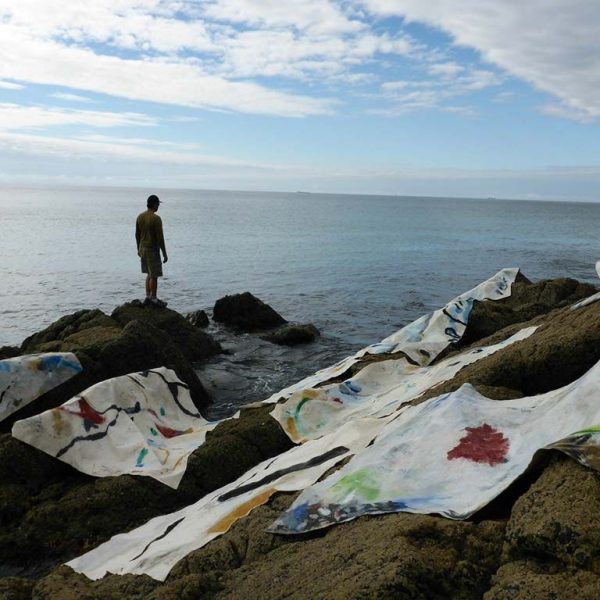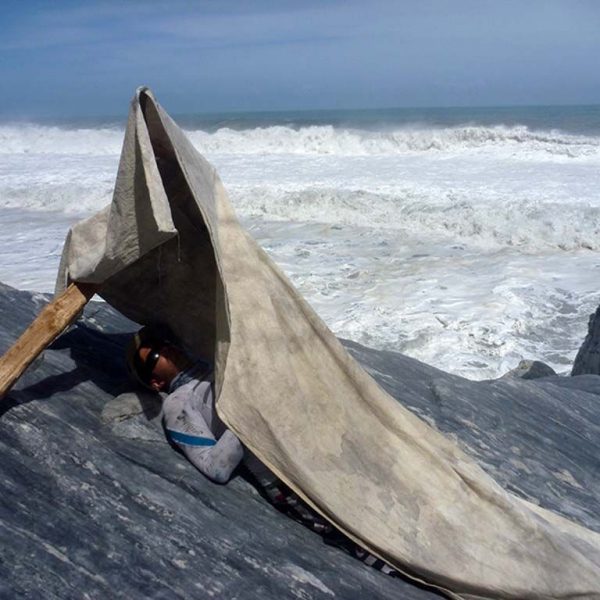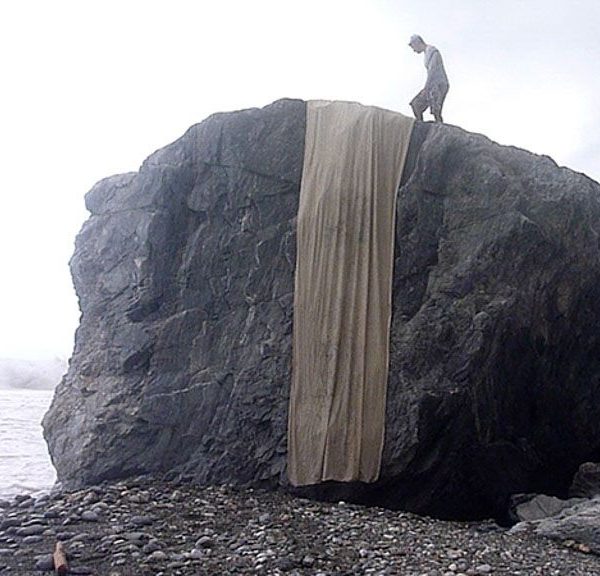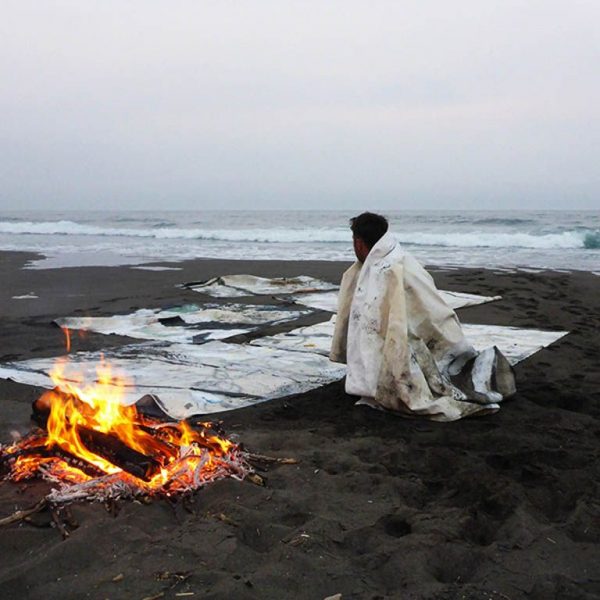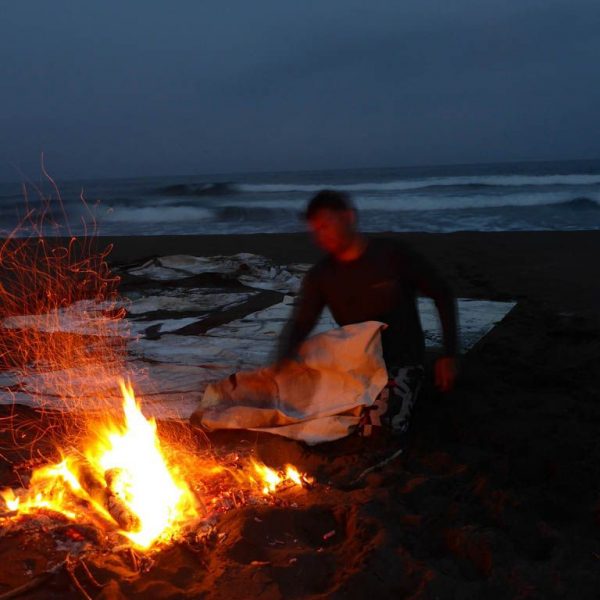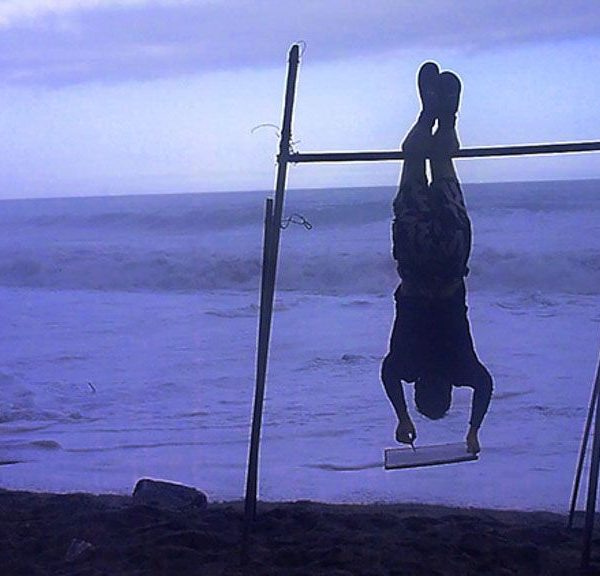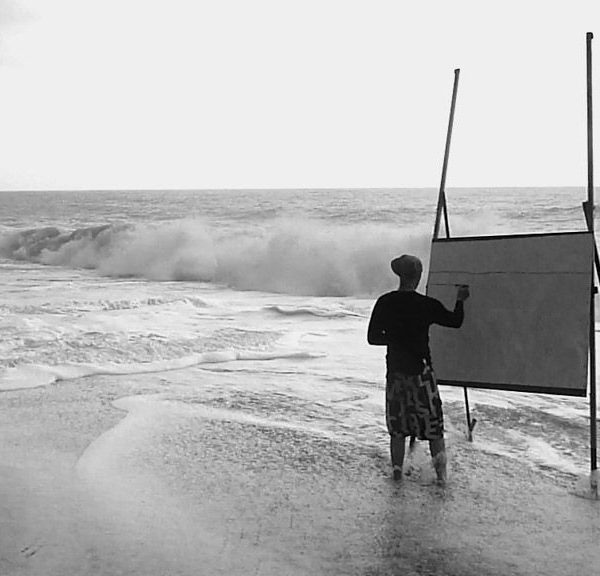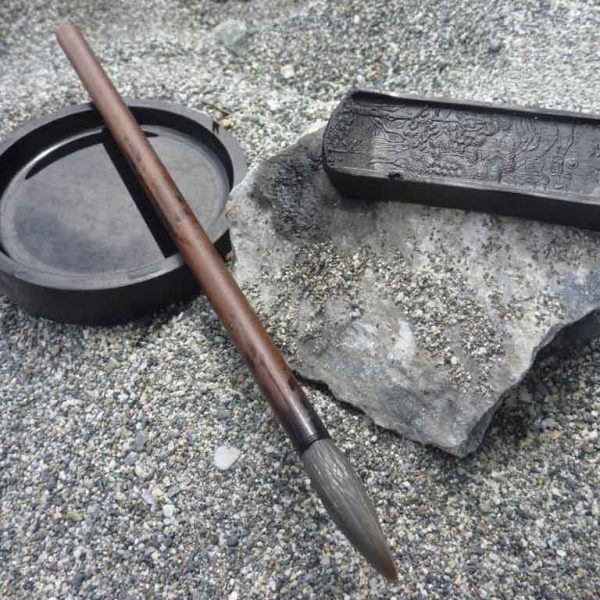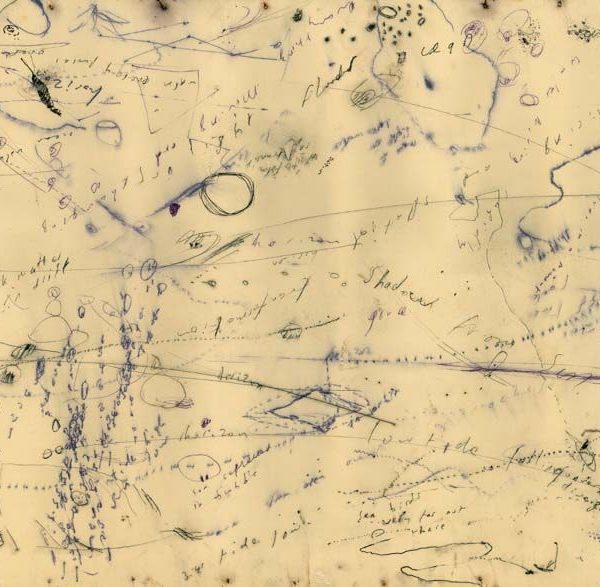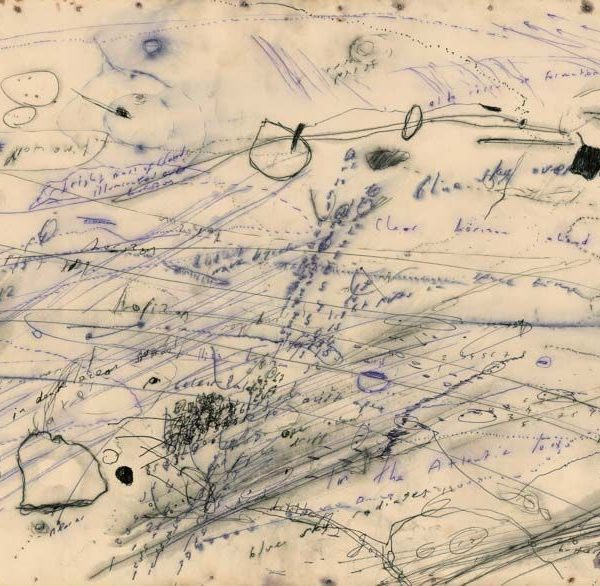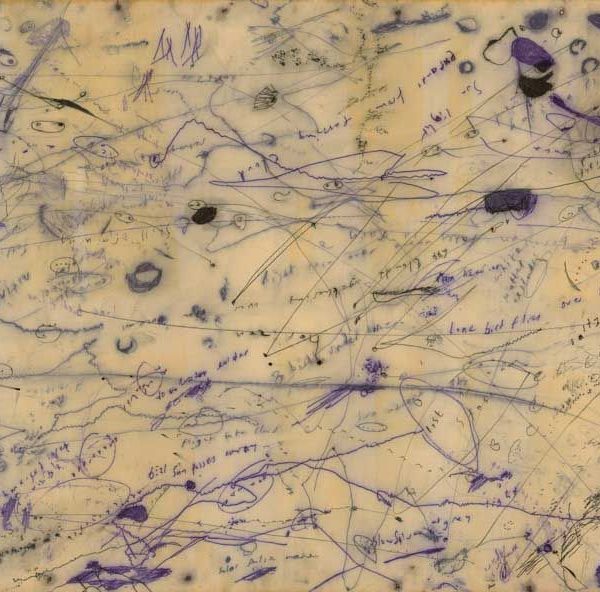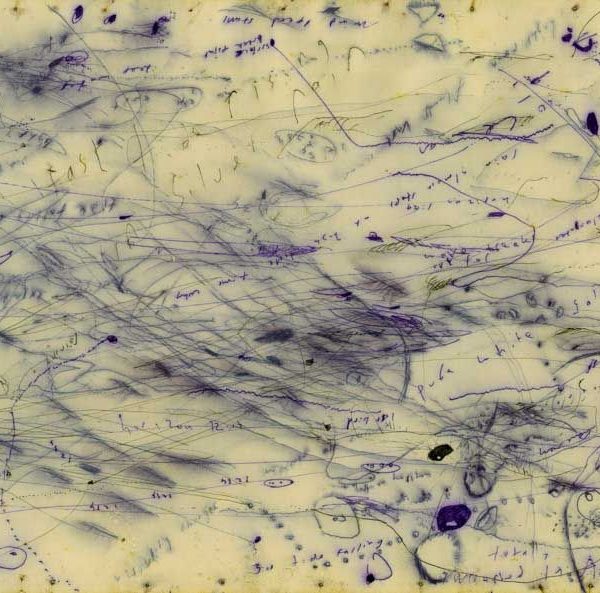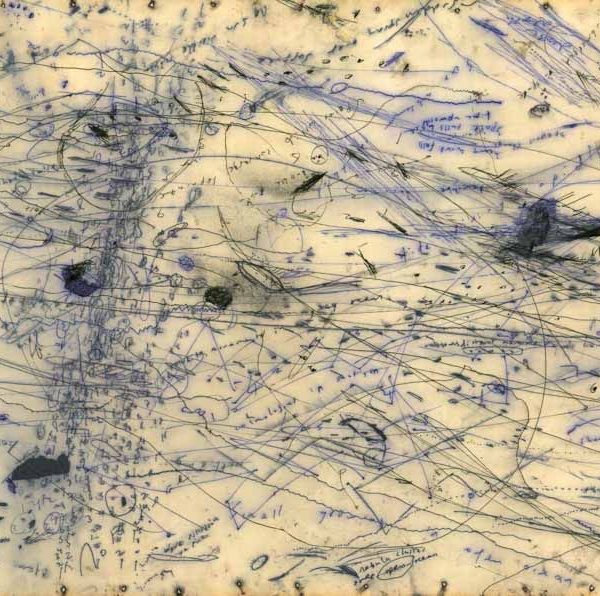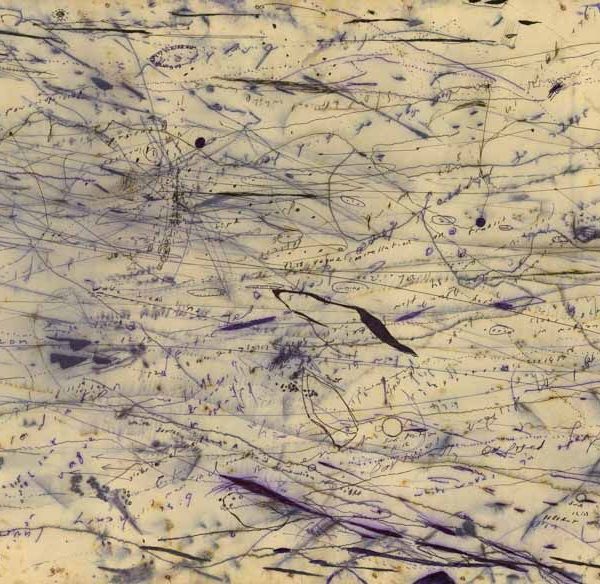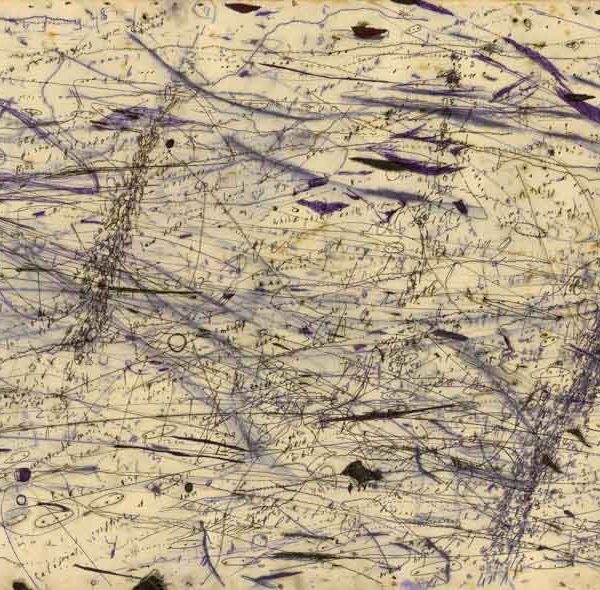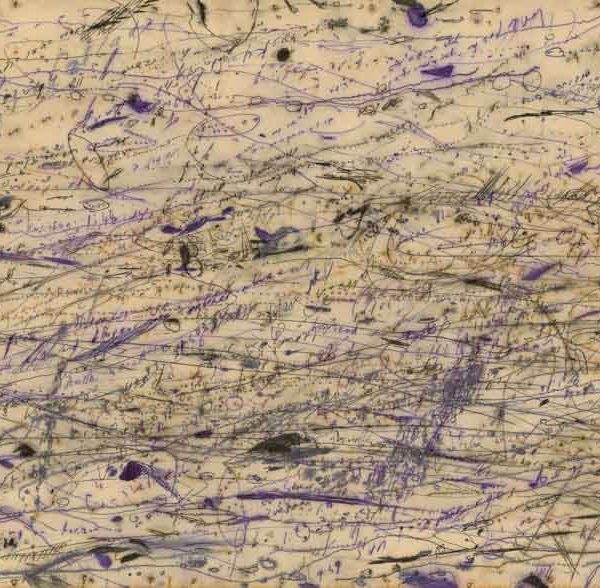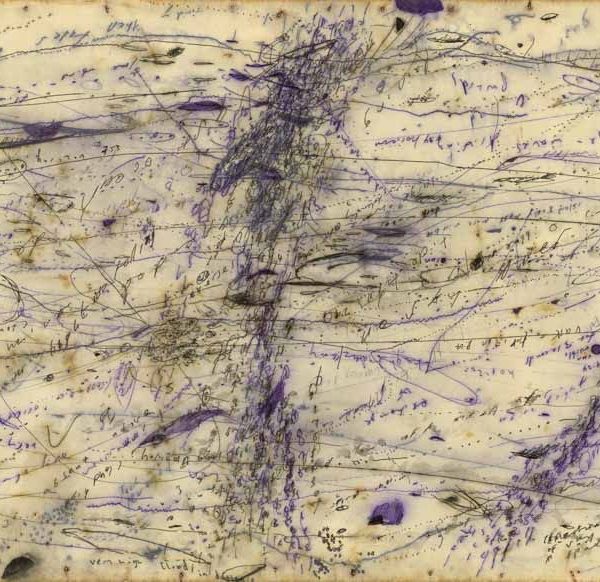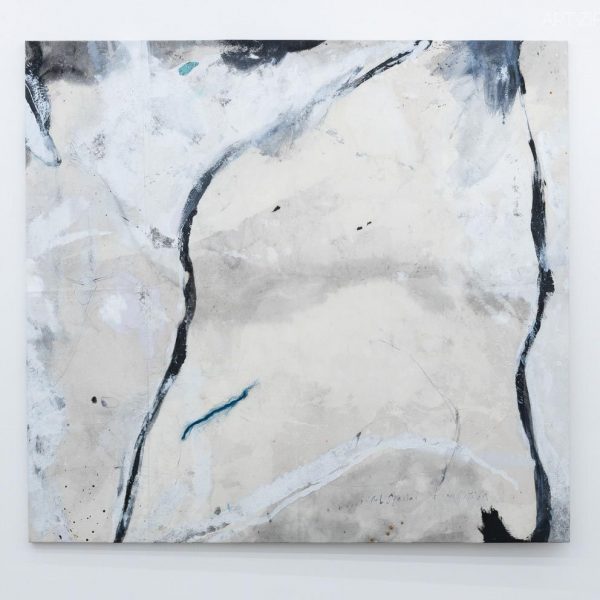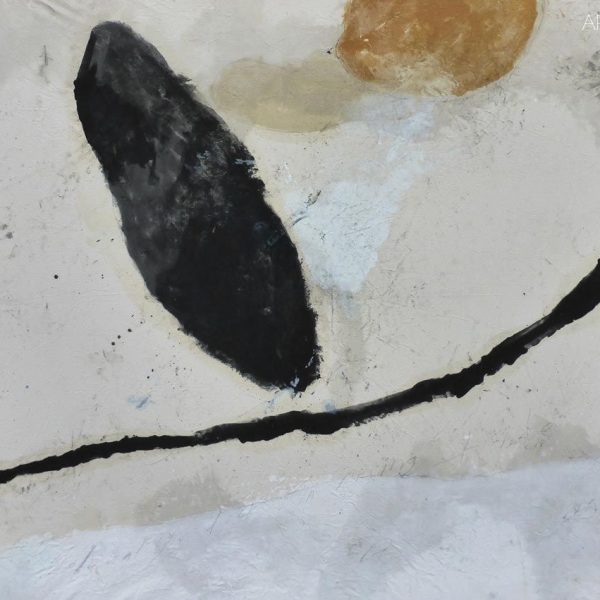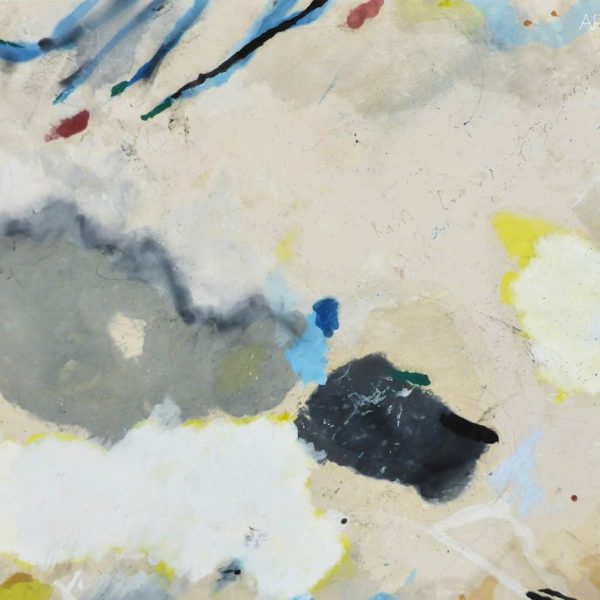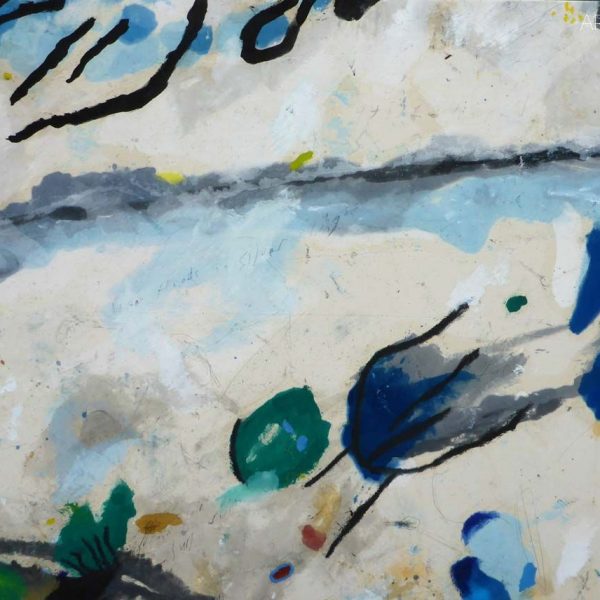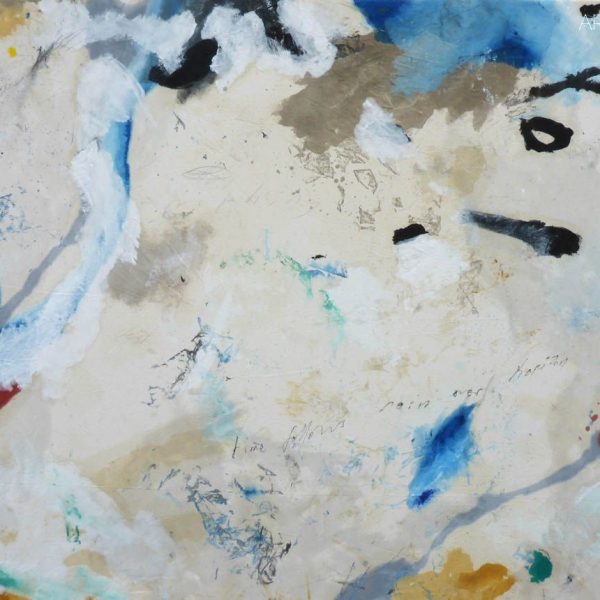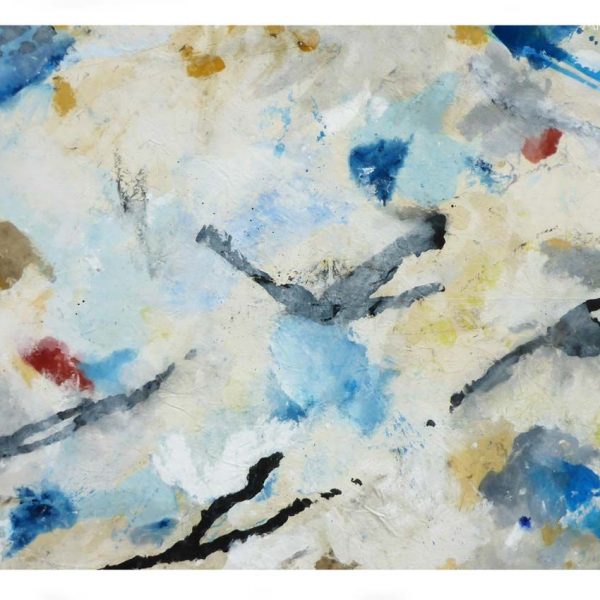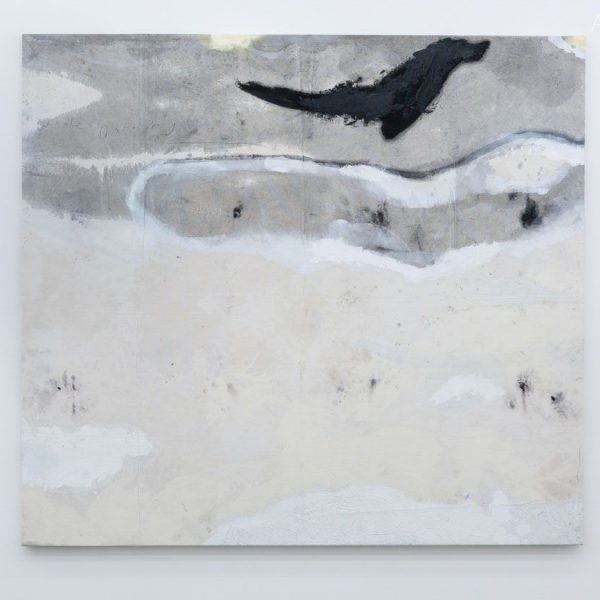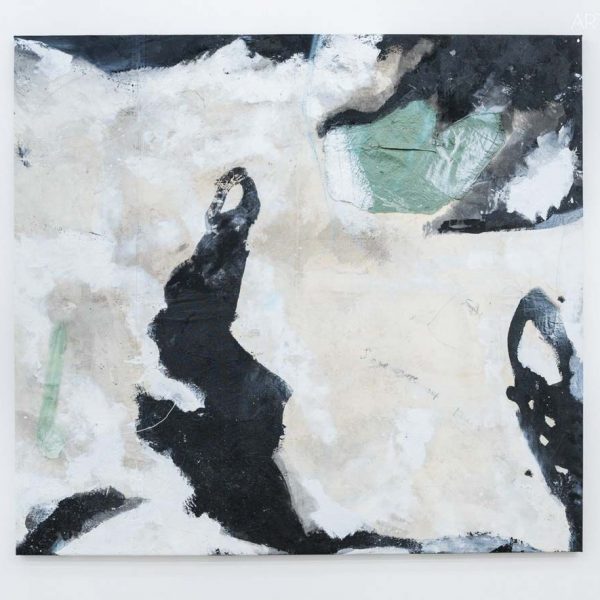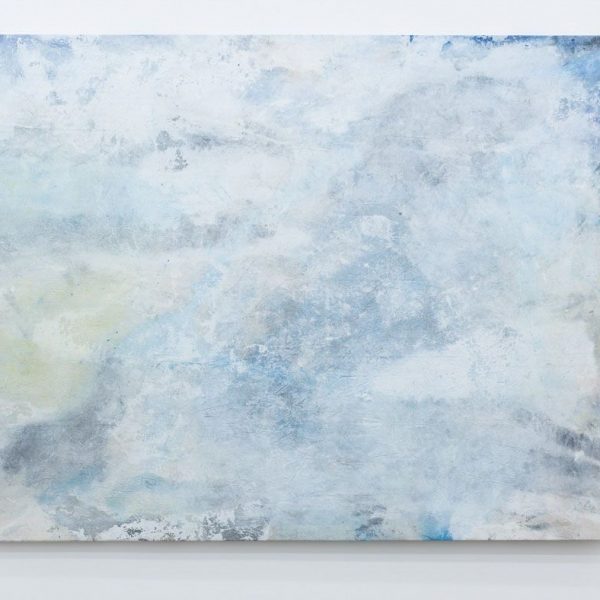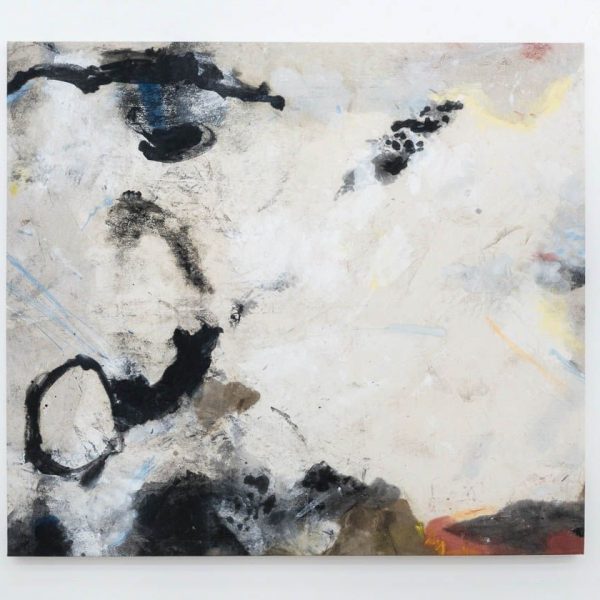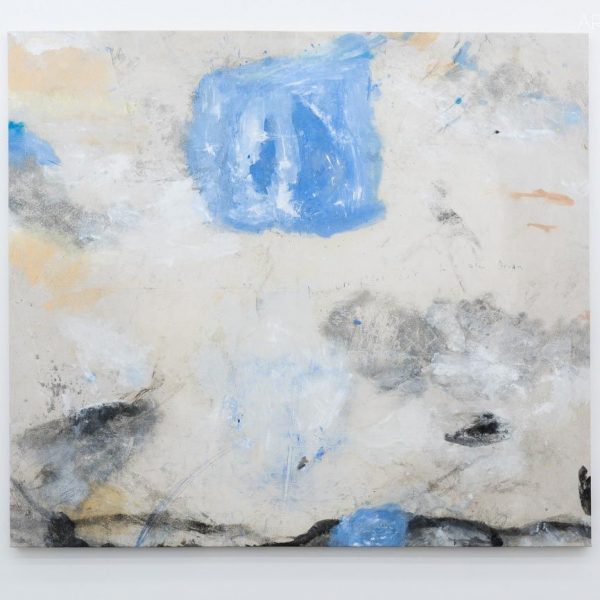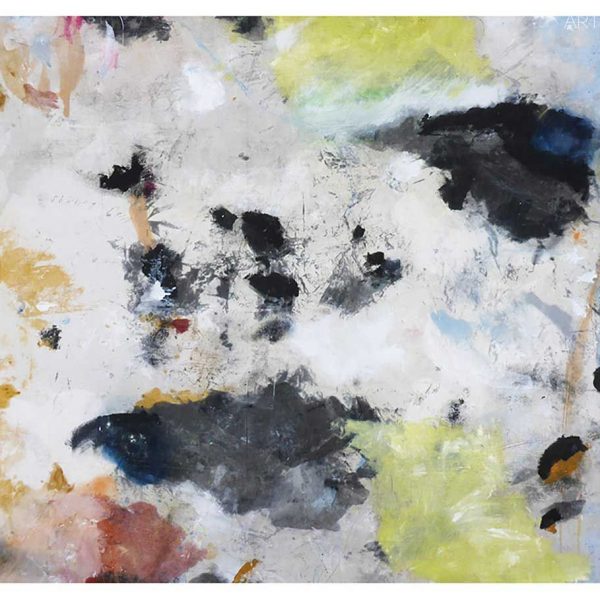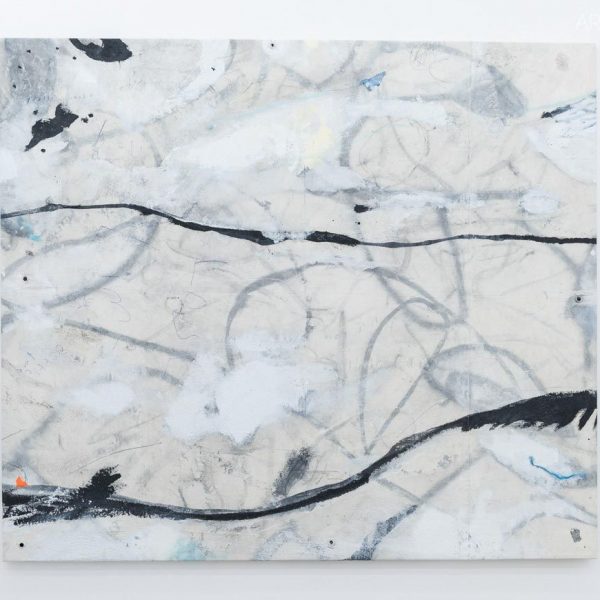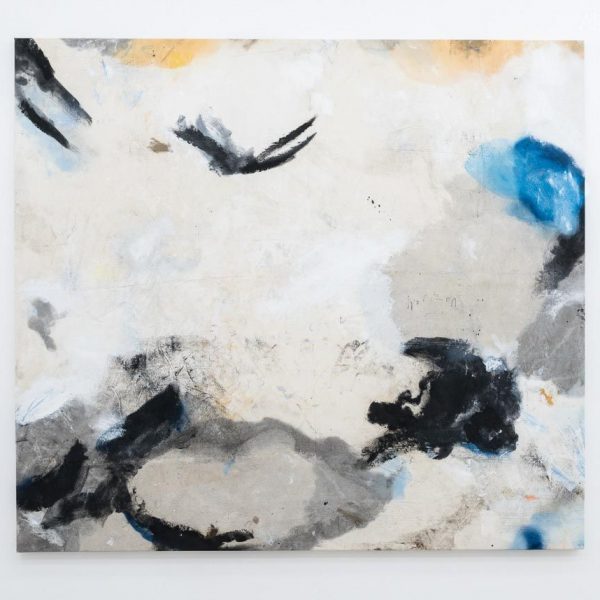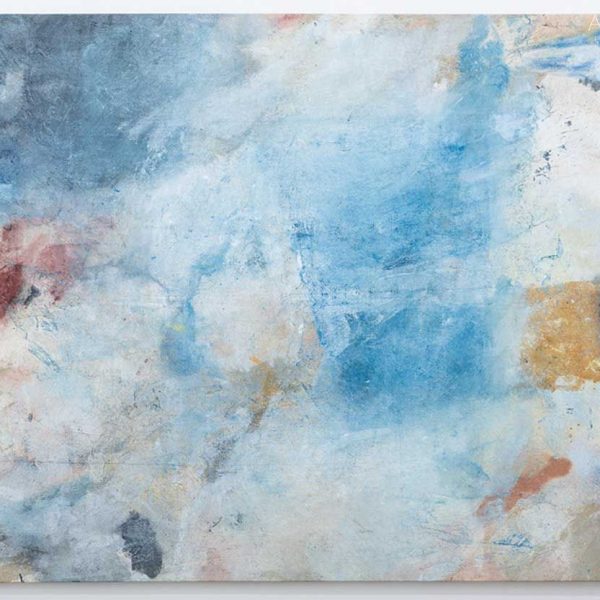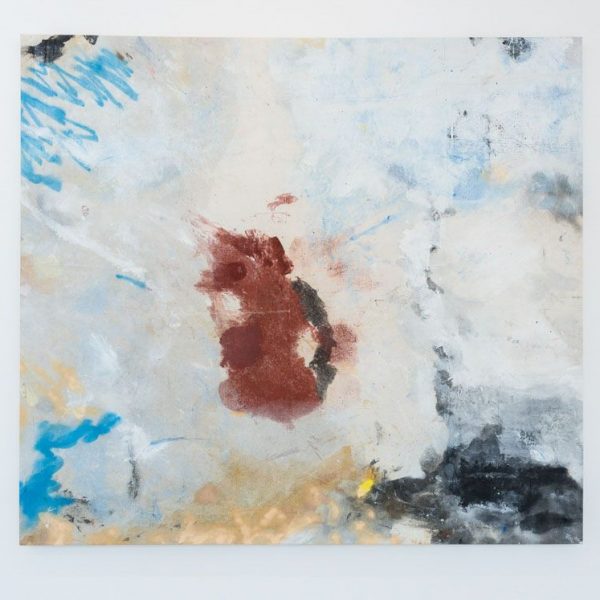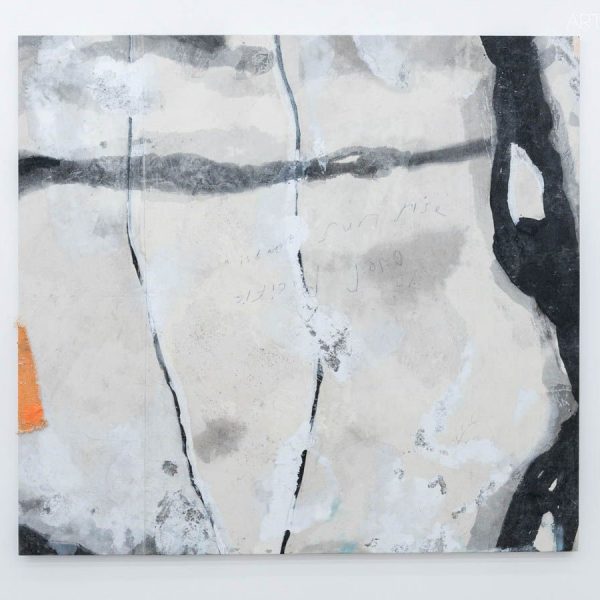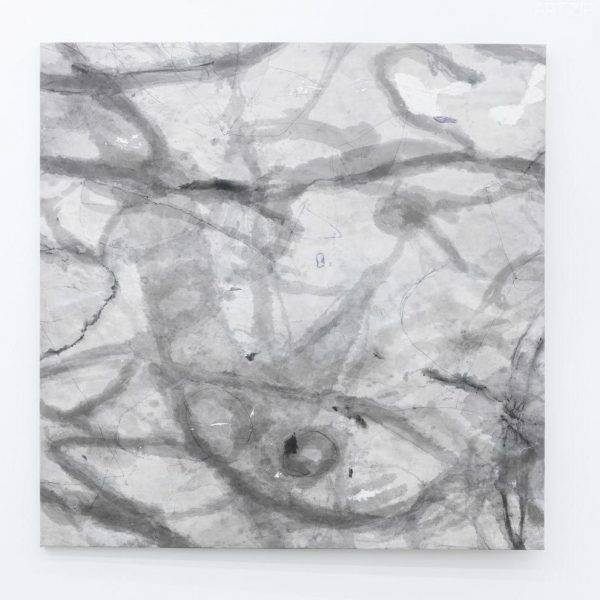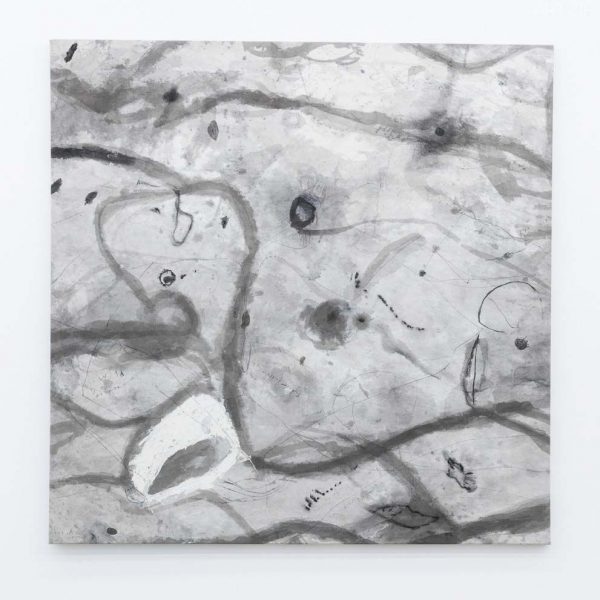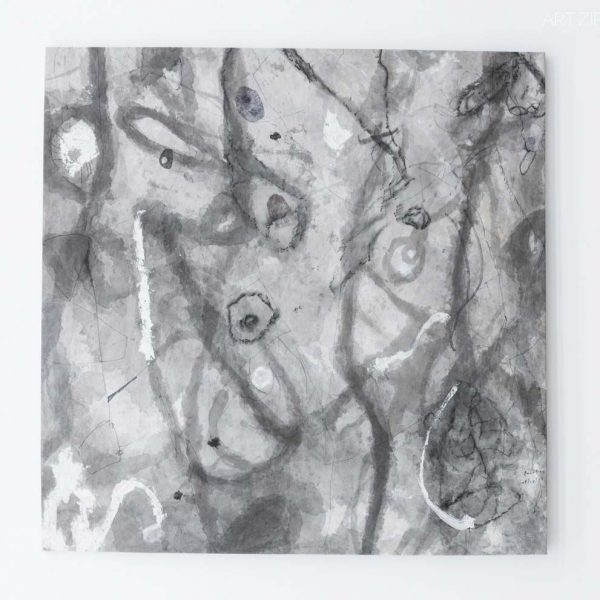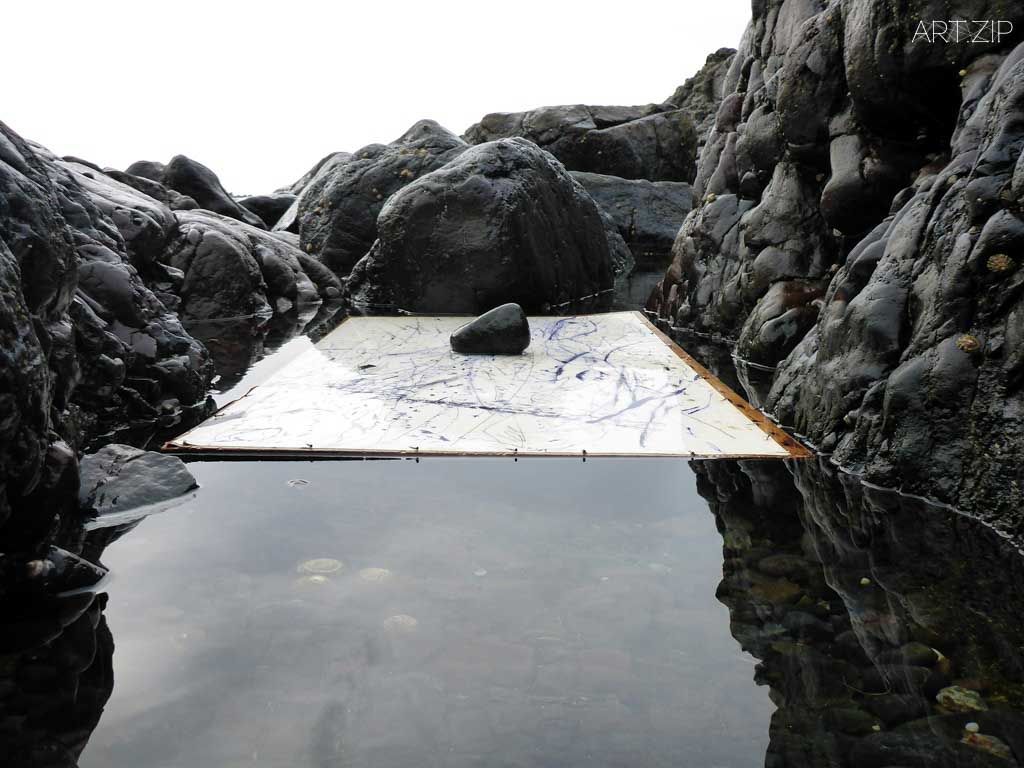
Interviewed & text by 採訪及撰文 x Ke Qiwen 柯淇雯
Images Courtesy of 圖片提供 x Peter Matthews
.
Would you tell us a little about yourself? When and how did you start your art practice? How did it change/evolve along your exploration.
I’ve always been fascinated by nature and the natural world. A couple of significant tuning points in my practice as an artist came unexpectedly while I was working in Mexico in 2007. I experienced a near death experience while surfing in the Pacific Ocean alone and the memory is still very raw and fresh in my body and mind. It was at that moment of going through that epiphany, illumination and serene transformation in the ocean that I was struck by the idea that I can make my work in the ocean, not copying or merely passively engaged with nature, but being immersed and directly embodied and responsive in the ocean. I also experienced a ten day Vipassana meditation course in the mountains in central Mexico, and this deeply moving and experiential awareness of mind and body within space was a very awakening time for me.
Secondly, my time travelling and living in Taiwan over the last few years has influenced me a lot in the way I work now. My time experiencing these things in Taiwan together with my continued search and journey as an artist working directly in the ocean and with the landscape have certainly made me evolve, adapt and grow as an individual. Life is always in a forward moving motion, but we are very much the sum of our collective experiences of place and spaces, journeys and discoveries.
When did you start to devote yourself into the ocean exploration? Why the ocean is appealing to you? Or how does it connect with you or impact you in any way?
Since that visceral and life changing sense of perspective on life, art and nature in the Pacific Ocean in Mexico. I feel connected to something beyond myself when I’m in the ocean, and I’ve always sensed and felt that being in and with the ocean is like being on the edge and sometimes crossing over into another world. It’s like an extension to the universe, the cosmos, the mystical, the unknown. I find being in the ocean wakes me up and allows me to see reality as it really is, to transmigrate onto another level of being and mindfulness.
I’m really captivated by the presence and movement the canvas takes when I free dive with it to the bottom of the ocean because the form and character and identity of the canvas just flows, it just moves freely and becomes formless without a beginning or end and those notions and sensibilities I relate to the ideas and philosophy of Taoism.
There’s also the spiritual and metaphysical attractions I feel when I’m in the ocean, that human connection with nature is very powerful and intoxicating. I’m not at all after a relationship where I am in control of nature, far from that, actually sometimes my process of working seeks to explore the loss of control and invite and become open to the notions of chance and creative accidents. I’m drawn by that search of the sublime, and as an artist and I feel that it’s important to reveal and work with the mystical elements and principles of nature.
We’re curious about the making process of the ocean series, could you tell us about it? Any changes in your mind after the experience?
My relationship and approach to working in the ocean is one that is shaped by the experience of time and place, space and taking a journey. There’s always a dialogue and exchange of communication which happens and develops when I work on the beach and in the ocean. Sometimes I’ll just watch the ocean for days. It’s not a forced or even conscious thing that I go through, but in time I go through a state of change in myself, a kind of transcendental passage from one realm to another, it’s not something which can be summed up in words or language because it’s beyond that for me, it’s something which is made up of a transformative change with time and place. There’s a profound set of changes which unfold when this transition from dry land to ocean take place, and it’s at that point of departure and arrival that I’ll start to work on a drawing or painting.
I don’t have an aesthetic vision or plan in my mind when I start to draw or paint. I simply respond to the environment around me and just let the blank canvas or paper find itself within the universe. The drawings always start their life as an empty space, a void of whiteness on paper which I nail to a wooden board and take out into the ocean. I like the idea of taking into the vast nothingness, void and abyss of the ocean a smaller space of nothingness and emptiness in the form of the paper. What happens from that point in time just flows through time and most of the time I’m not fully aware or conscious of what I’m drawing. I drift in free association with the ocean and I draw what I see happening around me with pen on paper. It’s always about being mindful and observant and being in the moment.
At times I’ll receive transmissions and visions of what is coming to me from a future time. I’m not sure how this happens, metaphysically, scientifically, etc, but I get a sense it’s because I’m immersed very profoundly in the present time which is always on the edge of what is coming from a future dimension of time. I remember last year while drawing in the Pacific in Taiwan and there were the huge Qingshui cliffs of granite rock above me. As I was transfixed and in full vibration with drawing the present time, I knew that a rock was about to fall from the cliff above me and as I turned around a second or two after that vision, a small rock struck the drawing board. I think this experience of life in motion and the experience of time and space was more than a coincidence.
During the experience of time within nature, sometimes over ten hours in the ocean recording and drawing what I see and observe, a map like scrawling of lines and occasional words grows across the paper. I’m very interested in those moments of slippage and transmigration, where the ocean will write and record itself on the paper. This might happen when I am consciously drawing the flight path of a sea bird over the horizon and then a wave will lift the drawing board up momentarily and that passage and transition through the wave will affect the line on the paper. Those moments happen throughout the duration of the drawing in the ocean, and I find that object and subject merging and interconnectedness very beautiful and profound. In a lot of Asian based martial arts, one is taught to just flow and be like water, and I follow a similar approach when I work, sometimes I’m passive and sometimes I’m active, sometimes I watch and listen and sometimes I reach out and make an action with a brush or pen.
Occasionally I’ll notate numbers on the drawing while I’m in the ocean and these numbers reference body and wave interactions, often counting how long it takes for the waves to break, or after the waves break and the wave passes over and through me while I’m in the water. A mysterious result of the wave counting is that sensation of becoming embodied within the pulsing cycle of the universe in motion, and this will often send me into a trance like meditative dimension where I either gain time, loss time or both, after all, painting and drawing take time but also give time. From time to time I will lose a drawing or painting in and to the ocean. There’s always a sense of emotion with such an experience and I often dwell upon this, like recently working in the Atlantic and remembering a drawing that I lost to the heavy waves in the Pacific shortly after a typhoon. There is no death, only a change of worlds, as some Native American peoples think.
There is a perpetual relationship in motion and development when I work which explores the duality of subject and object, body and mind and the self and nature. Upon discovering the beautiful medium of Chinese ink, I’ve been experimenting with this medium while working with the ocean. The Chinese ink is the same kind used in calligraphy writing and landscape painting. It’s manufactured in a semi solid state, often in a cylindrical or bar form. I was really intrigued by the medium and the practicality of how easy it was to pack in a bag and carry it lightly on a journey. The medium of the ink is awoken when the semi solid ink bar is in contact with water. I have been using the ink in this form for about a year while working and travelling in the Pacific Ocean in Taiwan and also in the Atlantic Ocean in England. There’s a very mystical and poetic sensation and effect for me when I stir and rotate the ink bar with the ocean water. I’m very fascinated how the medium of the ink is awoken and made visible by the ocean water.
When I mix the ocean water with the ink I feel there’s a very mystical and cosmic, one could say very poetic exchange and interaction taking place. The history of the ink medium joins an alchemistic sense of poetry with the depths and the unknown of the ocean and I am very intrigued by this relationship. The artist, Wasilly Kandinsky, once remarked about “the inner spiritual side of nature…” regarding painting, and I feel a similar connection to the idea and sensibility of the inner spirit of the medium of ink and the ocean when I mix them together in a humble vessel which is simultaneously half full and half empty at low tide in a rock pool with the vast ocean at my fingertips.
In my pursuit and search of the sublime and a cosmic consciousness, I have been experimenting and pushing into new boundaries how I can paint with the Chinese ink over the last year. I have found while painting in and with the ocean using Chinese ink that there is a subtle and quiet sense of movement, vitality, energy and spirit to the medium of ink mixed directly with ocean water. When mixed together the ocean can never be unmixed from the medium of the ink, they become cosmically indivisible but still exist as a formless and unlimited possibility of expression in the universe and I’m attracted to this very much.
I work on large canvas because it allows me to feel closer the landscape and more alive. I feel the painting must have a life of its own. I start a painting by using a simple brush and a large volume of ink and ocean water. I’ll paint the ink into and over the empty canvas in large, more flowing, free style, non-representational, abstract gestures. The shapes and forms of the ink on canvas at this stage at the beginning of the life of a painting are characterised visually as being formless, aimless, ambiguous and open ended shapes and forms. I’m very aware of the spaces which open up on the canvas at this point in time. An old lady in Taiwan who teaches yoga and tai chi once told me that energy needs space to flow and circulate. In some senses, as the canvas is like an extension to my body within the landscape, the ink takes on this trace of an energy, an exchange and interaction with body and mind and energy in space.
When I take a canvas into the ocean to paint and draw I’m able to be fully free with the canvas. I can work all around the painting because it takes on a life of its own while in suspended animation in the water. I follow it with the pencil and charcoal and pen. My learning about Taoism sparks here when I see that happening under the ocean’s surface, and I reflect on a passage from the Tao Te Ching by Lao Tze when it reads, “looked at but not seen, listened to but not heard, grasped for but not held…” I am taken somewhere when in the ocean, and the canvas is taken too.
In the contemporary world, things are transferring more and more virtual, why do you focus on the physical body? Are there any implications in the ocean series?
It’s becoming more difficult to become lost nowadays with technology finding us and automatically and effortlessly plotting our path back to where we are familiar with. Sometimes I feel that we have to get lost once in a while in nature to really know who we are, where we have come from and importantly, where are we going.
In what occasion you did you start to look at Chinese/oriental culture, Chinese art, especially ink paintings? In what way does it attract you?
Along my travels in Taiwan over the last couple of years, I’ve been very engaged and interested to learn more about Asian art history and culture and these experiences have had a significant impact on me as an artist and individual. I’ve travelled and worked in some wild places in Taiwan along the Pacific coast in Hualien and Yilan, and with the absence of being able to communicate in mandarin or local Taiwanese dialects, I’ve become closer to this self-designed and adaptive visual language which is intriguing to watch evolve. There’s something about the way humans adapt when they can’t communicate using spoken words or written language which makes the other communication facilities of the mind and imagination stronger, and this has been my experience in Taiwan.
There’s also the customs and rituals I’ve seen and observe in Taiwan especially when the local people burn paper money in the street for good luck for their business, and the burning of incense in the temples as a way to communicate and create a tangible connection with the after world and plains in which our ancestors exist in. As mentioned, the practice of taichi has made an impact on me which directly relates to my approach to painting. Sometimes when I’m numb from the coldness in the ocean, I’ll start to move my limbs like someone doing taichi as a way to generate more body heat and find and link up with that body and mind synergy again. There’s certainly a constant awareness and interconnection I have with everyday objects in Taiwan which again tap into those feelings and conditions of the spiritual, the transcendental and the quality of immanence and animism which I find a lot of objects and places in Taiwan contain.
I’m really interested in calligraphy writing. Calligraphy is like tracing the contours of the inner spirit for me, there’s a kind of breath, pulse, energy, vitality and essence of life in calligraphy which is totally unique to that moment in time and can never exist like it did before even if you tried to copy something written before because the quality and life of the line is conditional on the environment, the individual and the elements of the very moment and once that moment has passed it’s passed. The ways in which the picture plain and void is used in calligraphic writing and landscape painting is interesting to me, those visual structures of the vertical and the horizontal, especially when I’m in the ocean as those directions are lost to the ocean, the sky and the heavens.
There’s also something I’m very hungry to learn more about or just explore is probably more accurate, and that’s about Taoism and Buddhism and how I relate and interpret this in my own made up visual language such as how to represent and express emptiness, vastness, nothingness, the sensed and felt but at the same time immaterial, transient … the beautiful immeasurable so and intangibles. There is a deep sense of the serene, monumental, absolute, the organic, the transcendent and atmospheric in Asian art, and I’m very seduced and attracted to those watery, mysterious, airy but weightless washes of ink which evoke a profound gentleness and grace but also vigorous and life of their own like they could at any moment take flight from the paper and fly away to another galaxy.
You’ve been to Atlantic Ocean several times and just came back from there, any gains/difference can share with us in the last journey?
Yes I’ve been painting in the Atlantic Ocean in England several moths is spring and summer. Earlier this year and throughout last year, I worked a lot in the Pacific Ocean in Taiwan, so going from one ocean to another is really personal and profound. I’ve been using the Chinese ink again in the Atlantic and there’s a wide range of memories attributed to my time in Taiwan, and I’m learning and feeling now the medium itself, like the canvas and paper, needs to have a life of its own and just flow. I’ve painted twelve large paintings this year in the Atlantic and recently had a solo show of paintings from both oceans in London at Beers London.
Any future plans to share with us? What’s your most-wanted place to start your poetic paintings?
I’ve got a new solo show later this year at the Artissima fair in Italy with Beers London, and I’m currently working and showing with a couple of exciting institutions with some ocean drawings – the Drawing Center in New York and the Ferenczy Art Center in Hungary.
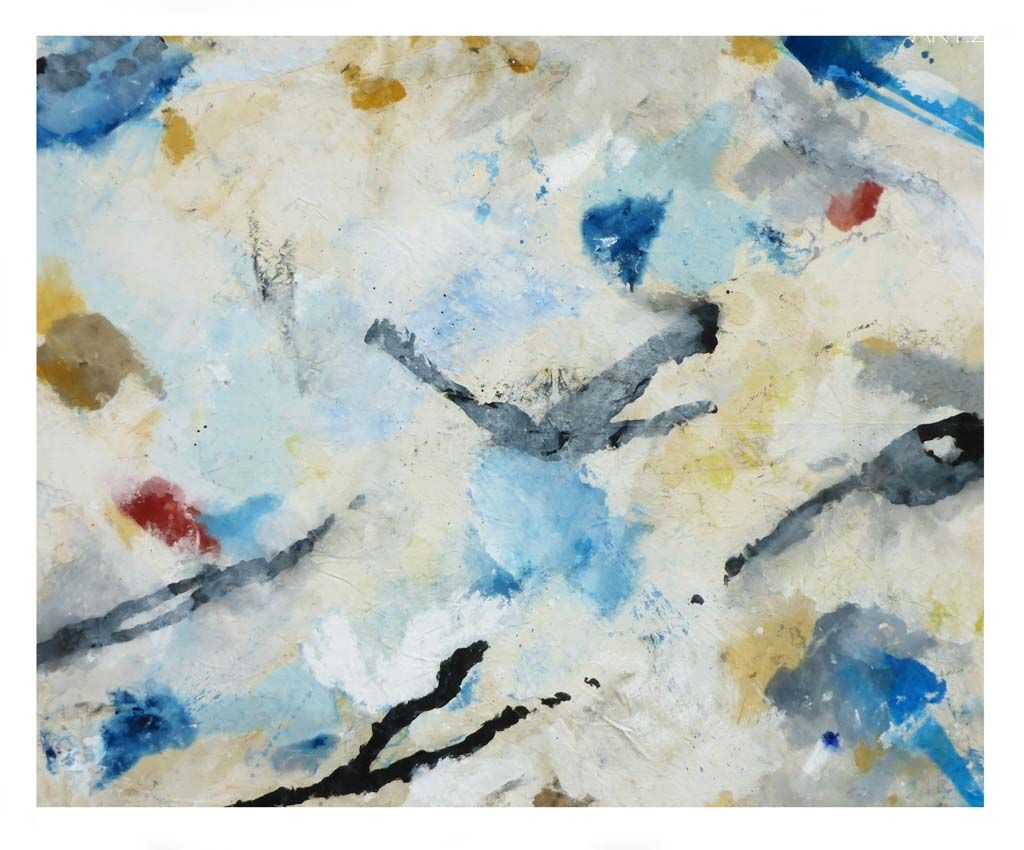
Convergence (2016). Image courtesy of Beers London
More about Peter Matthews

